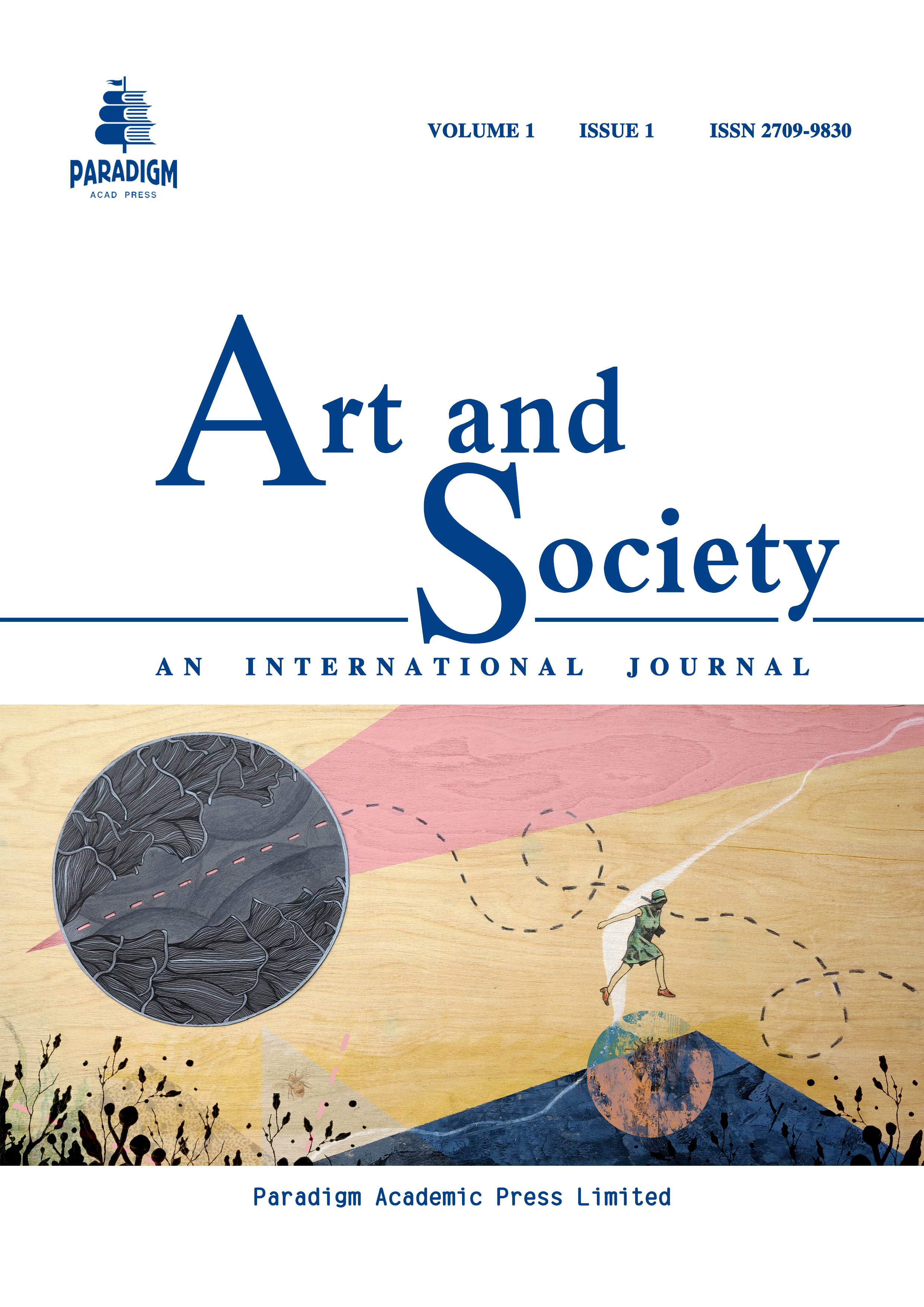The Concept of Emptiness in Wabi-Sabi Aesthetics and Its Influence on Scandinavian Minimalist Space Design
Keywords:
Wabi-Sabi, Scandinavian minimalism, natural materialsAbstract
The convergence of Wabi-Sabi aesthetics and Scandinavian minimalism has redefined contemporary space design, emphasizing emptiness, simplicity, and natural beauty. Despite their cultural differences, both philosophies share a reverence for space as an intentional presence, fostering mindfulness, tranquility, and functionality. Wabi-Sabi embraces imperfection and transience, while Scandinavian minimalism prioritizes clean lines and functional clarity, yet both highlight the importance of natural materials, subdued color palettes, and handcrafted details. This paper explores the role of emptiness in Wabi-Sabi aesthetics and its influence on Scandinavian minimalist space design, examining their historical origins, core principles, and impact on contemporary interiors. By analyzing their psychological, emotional, and sustainable dimensions, this study demonstrates how their fusion promotes well-being, intentional living, and a deeper connection to nature — offering a meaningful alternative to excessive materialism in modern design.


